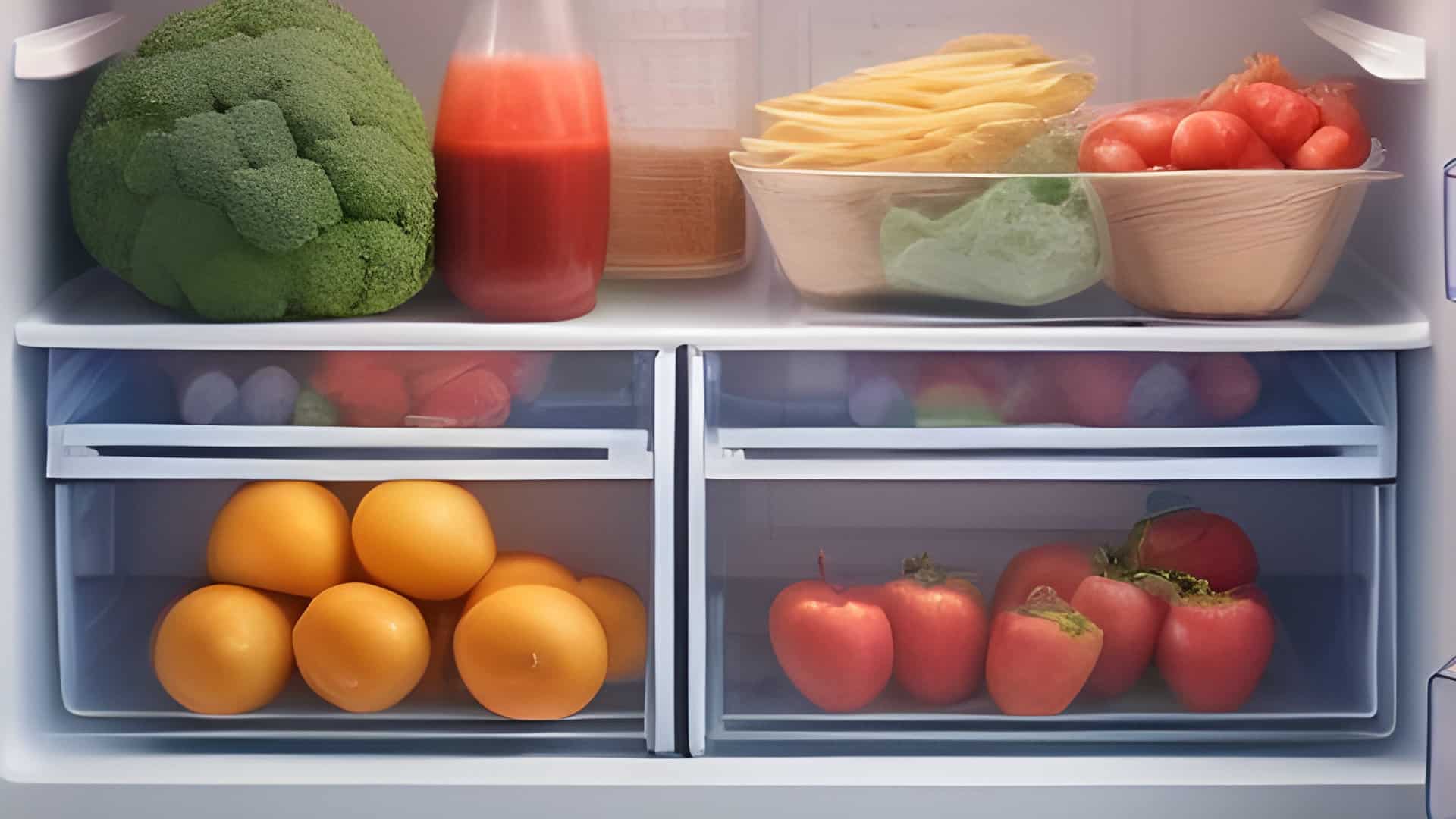Can’t seem to choose between a top-loading and front-loading washing machine? Front-loaders have become increasingly popular over the past 10 years, with more and more consumers trading in their old top-loaders for these new energy-efficient models. They may cost slightly more upfront, but you’ll end up reaping the rewards of lower utility bills thanks to its efficient design.
Energy-Efficiency
Front-loading washing machines use less water, power and detergent than their top-loading counterparts. They also extract more water from clothes, which means faster drying times. While each and every model is different, a typical front-loading washing machine uses approximately 40-50% less energy and 30-50% less water than a top-loader. This translates into a savings of roughly $60 per year or $600 over the span of 10 years.
Water Leakage
One of the advantages of top-loading washing machines is their ability to control water. Front-loading models are more prone to leaks due to their design. If the gasket or seal around the door isn’t secure, some of the water may leak out. This is why front-loading washing machines have doors that lock automatically during operation.
Ability To Clean Pillows
Front-loading washing machines are able to clean pillows, sleeping bags and other large items with ease. Placing these same items inside a top-loader would likely result in damage from the mechanical agitator aggressively beating against them.
Noise Production
Generally speaking, front-loaders produce less noise than their top-loading counterpart. Top-loaders usually have a mechanical transmission – a component that’s lacing in front-loaders. This transmission can generate a fair amount of noise when operating, which is one of the reasons why families with small children often prefer front-loaders.
Size
Front-loading and top-loading washing machines are roughly the same size. With the door on the front, however, front-loaders can be placed underneath cabinets and over small spaced with low clearance. They can also be stacked with similar front-loading clothes dryers. If you have limited space in your laundry room, you may want to choose a front-loader for this reason.
Maintenance
You might be surprised to learn that top-loading washing machines require less maintenance than front-loaders. Since the doors, gaskets, seals and bellows of top-loaders are not exposed to water, they don’t require regular cleaning. Front-loading washing machines, on the other hand, tend to develop mildew and scum in these areas. Thankfully, cleaning it is relatively simple and requires nothing more than an empty load with vinegar, but it’s still one more step necessary to maintain a washing machine.

How to Fix the nF Error Code on a Samsung Washer

Kenmore Elite Dryer Issues: How To Troubleshoot

Microwave vs. Oven: Pros and Cons and How They Differ

Self-Cleaning Oven Smell: Causes & Odor Reduction Tips

Frigidaire Ice Maker Not Working? 7 Ways to Fix It

Why Is Your LG Refrigerator Not Cooling? (9 Common Reasons)

GE Oven F2 Error: Causes & Solutions

How to Reset the Water Filter Light on a Samsung Refrigerator

Maytag Washer Showing F5 Error Code? Here’s What To Do







